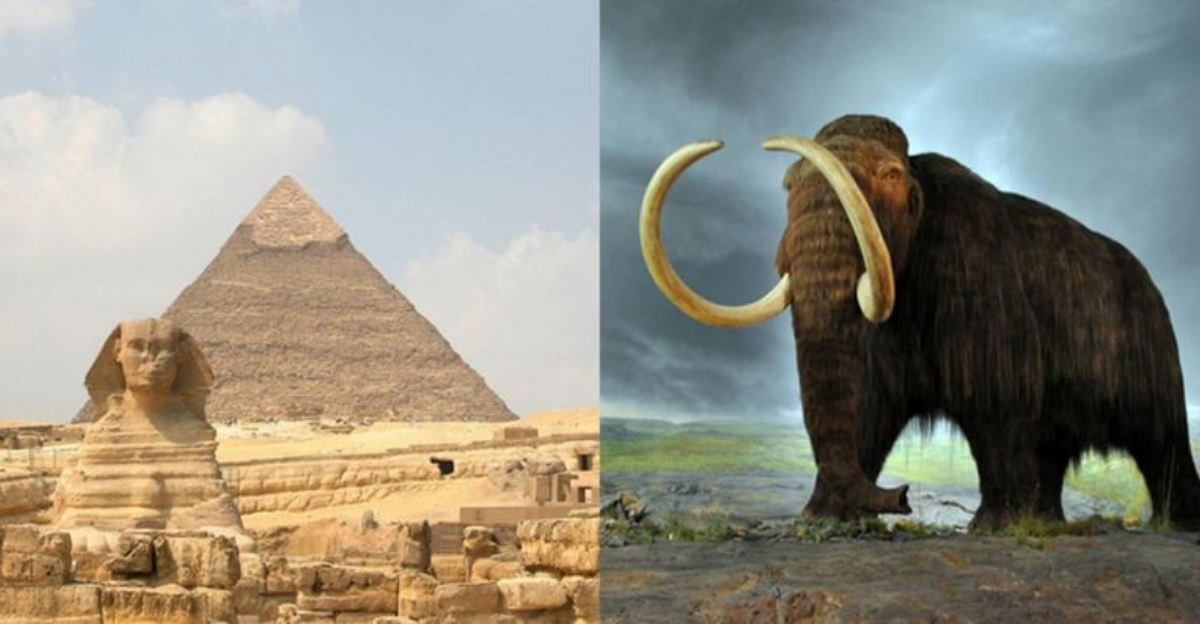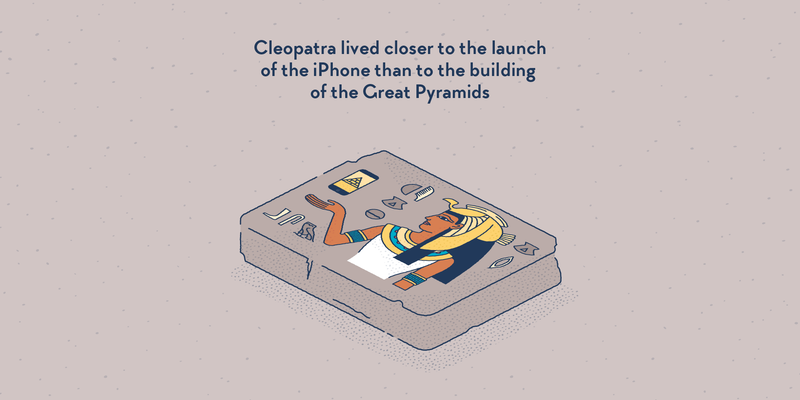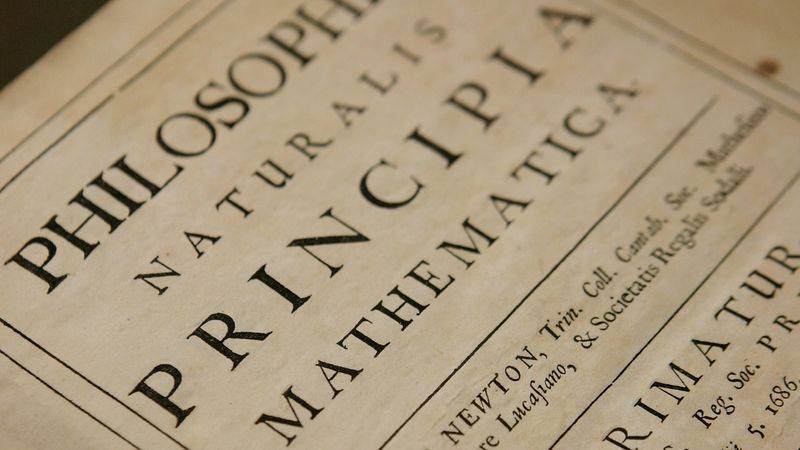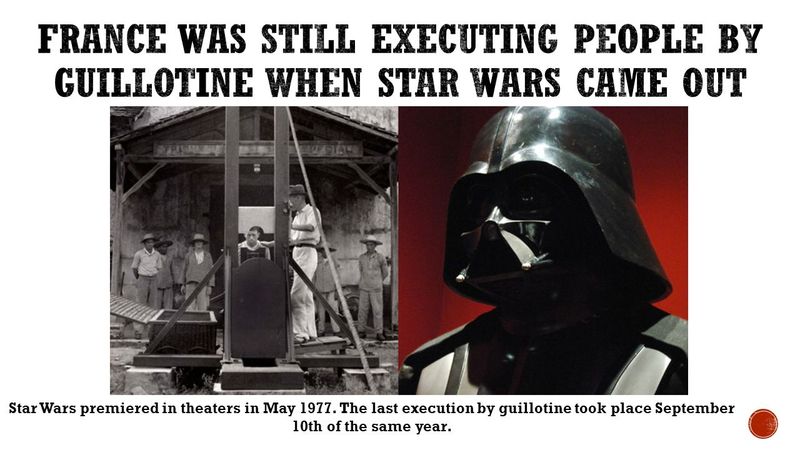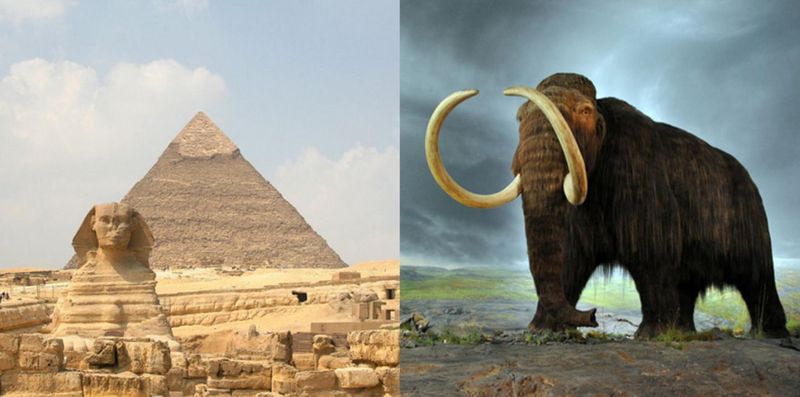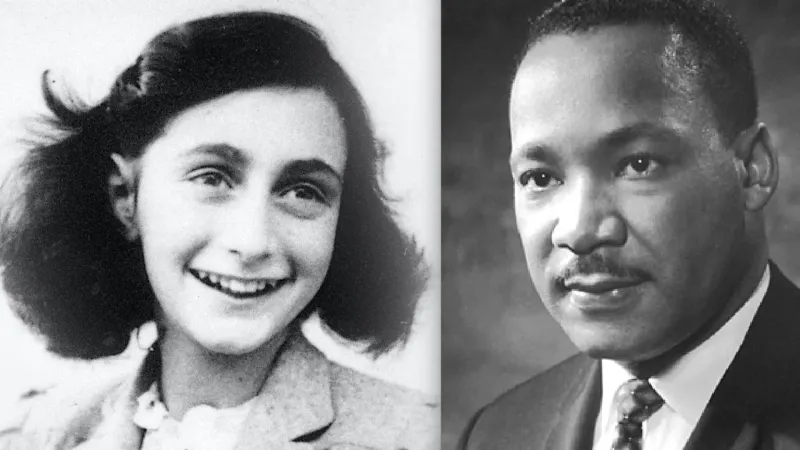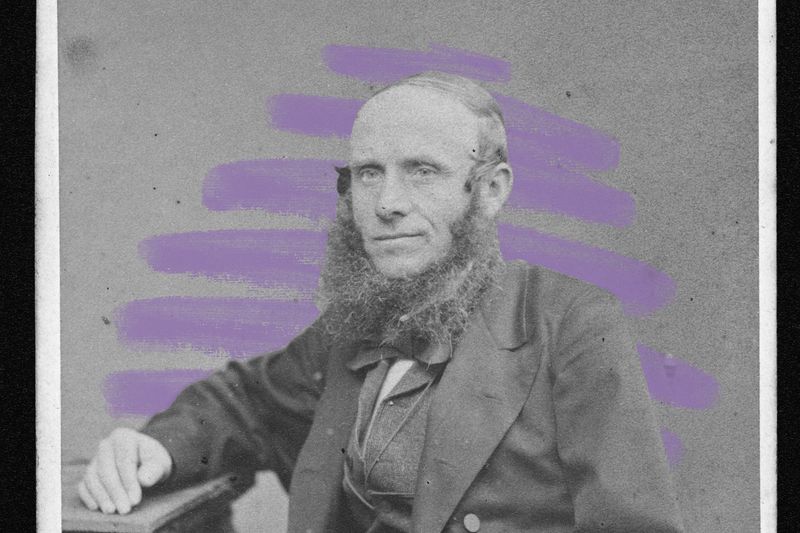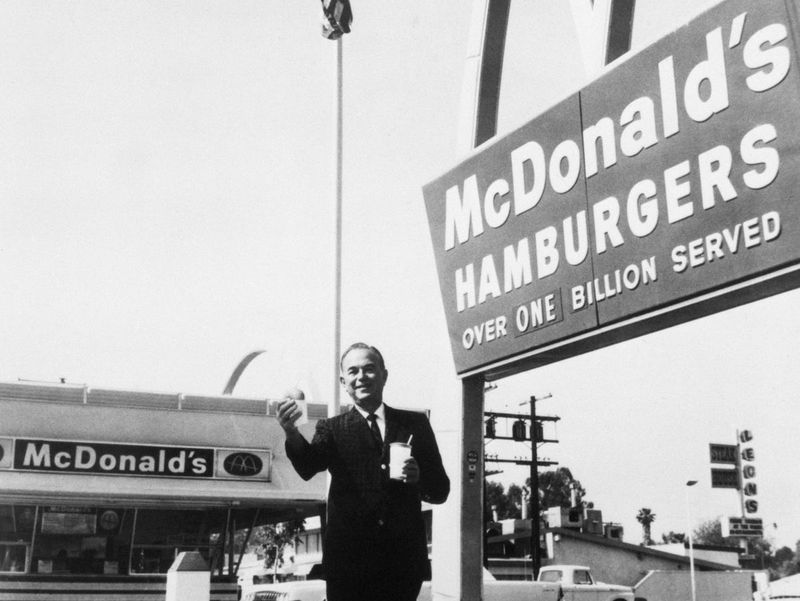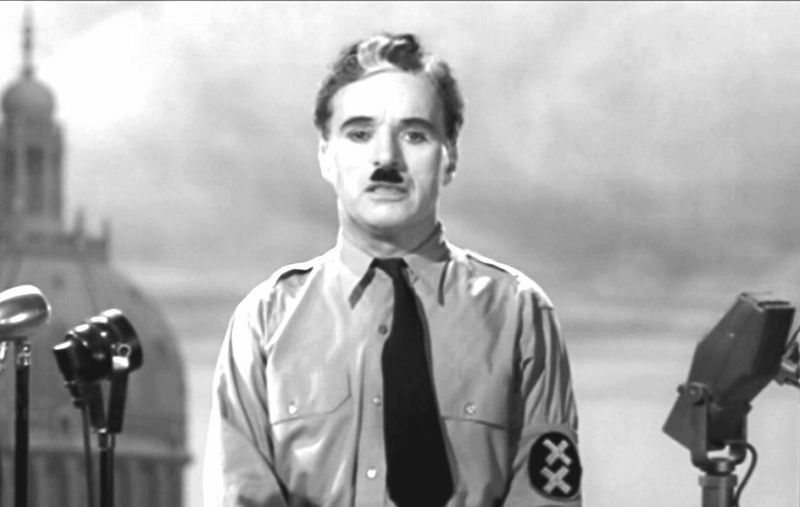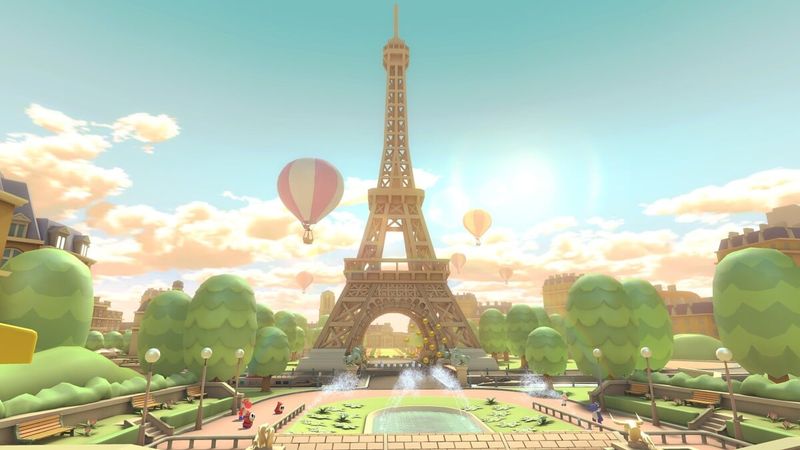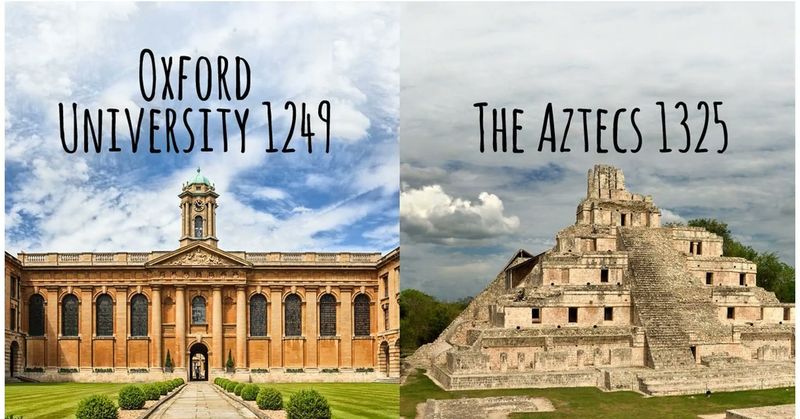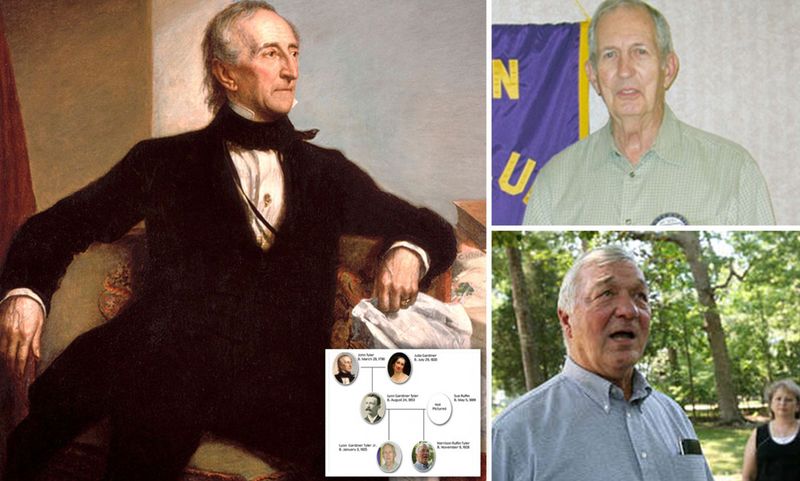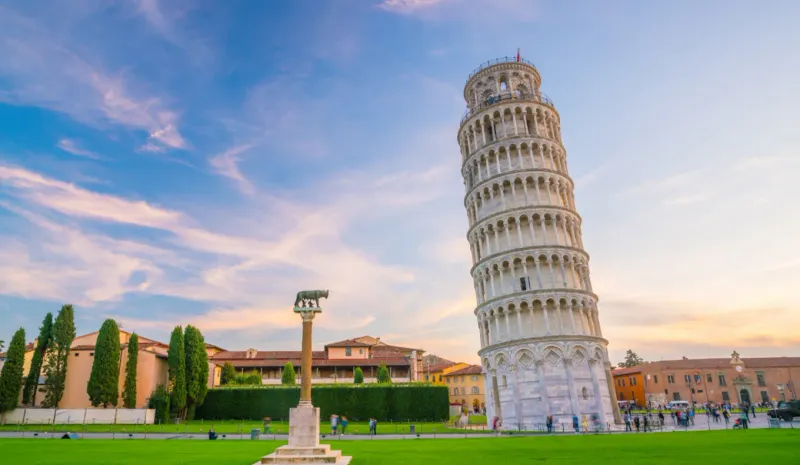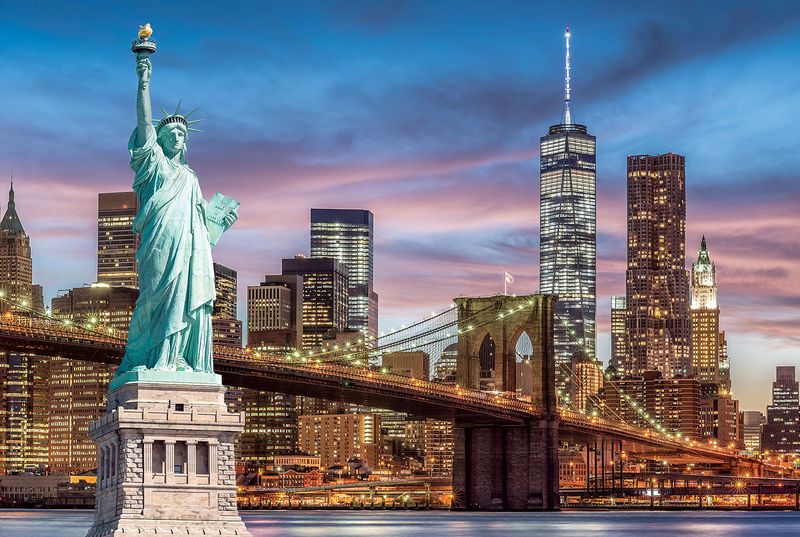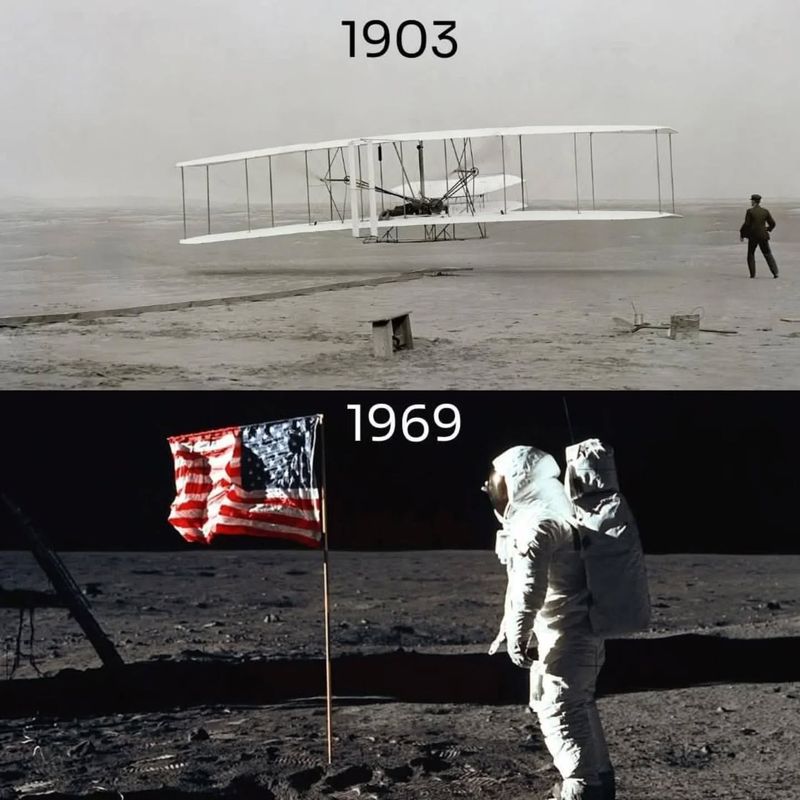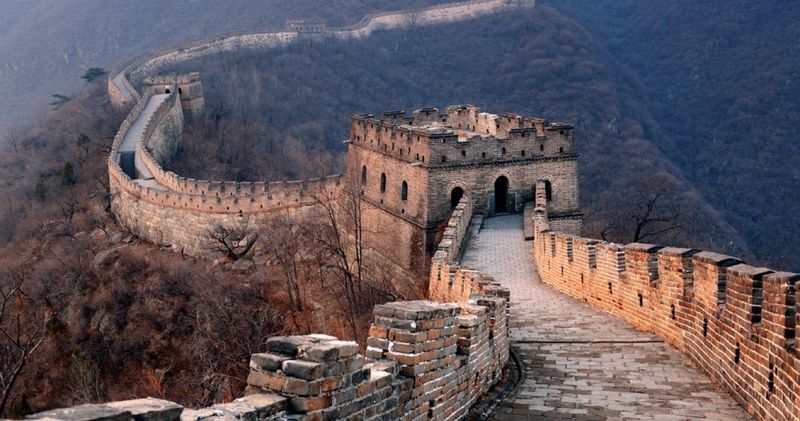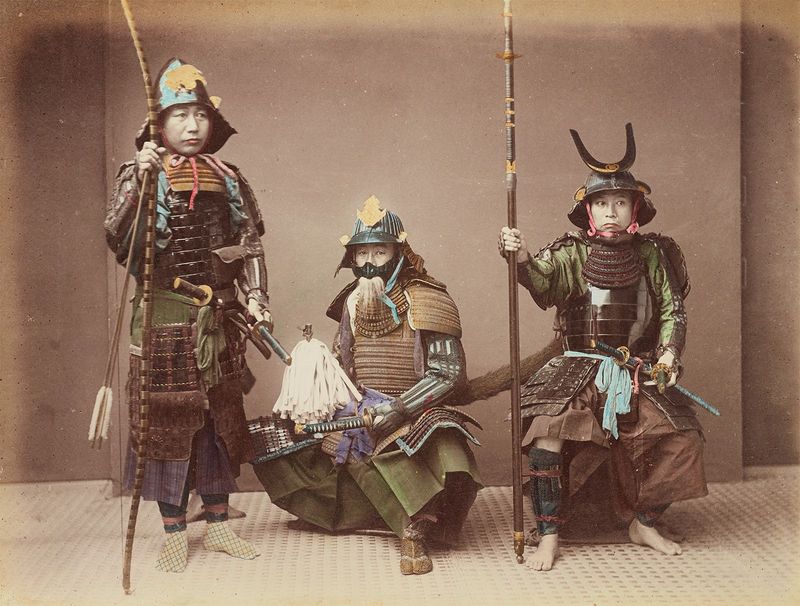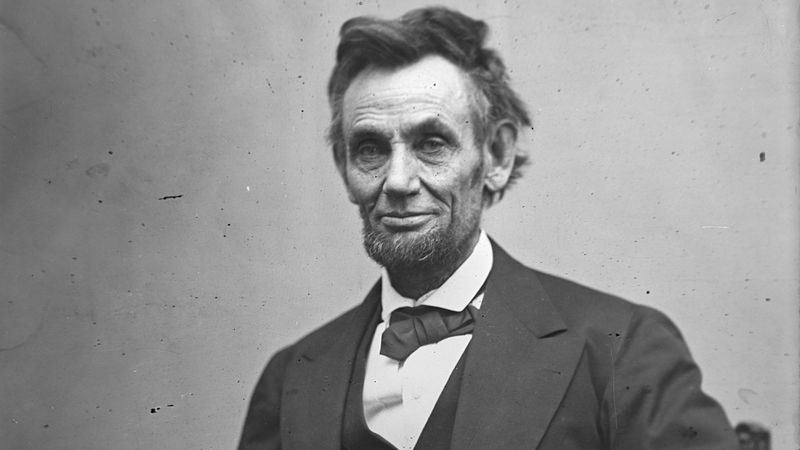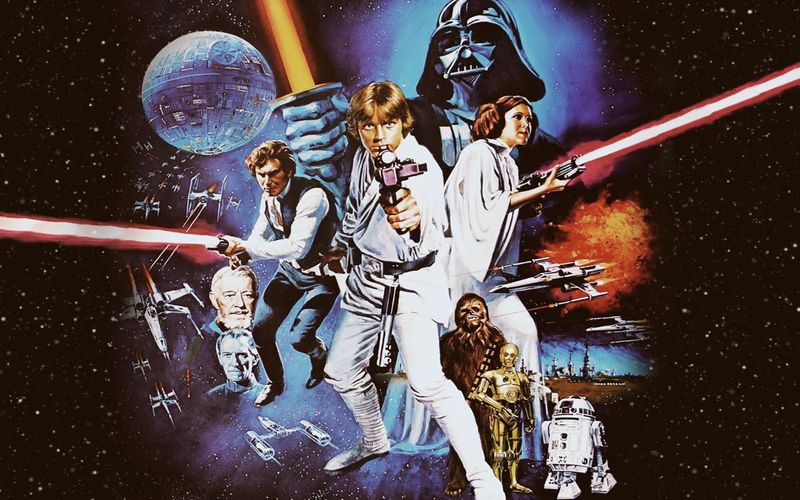History is full of surprising time comparisons that offer a fresh perspective on the past.
From Cleopatra’s era to modern technology, these timelines bridge ancient and modern worlds, providing mind-bending insights into how intertwined our history really is. The following 19 historical comparisons are sure to warp your sense of reality.
1. Cleopatra and iPhone
Cleopatra lived closer to the launch of the iPhone than to the construction of the Great Pyramid of Giza. Reflecting on this can twist our understanding of ancient and modern timelines.
The Great Pyramid was completed around 2560 BC, while Cleopatra ruled Egypt in the 1st century BC. In 2007, Steve Jobs introduced the iPhone, marking a pivotal moment in technology.
This overlap highlights the profound gaps and connections between different eras. It’s fascinating to consider such vast historical spans and realize how relatively recent some ancient events actually are.
2. Harvard and Newton’s Principia
Harvard University was founded in 1636, predating the publication of Isaac Newton’s Principia Mathematica by over 50 years. Newton’s groundbreaking work, published in 1687, laid the foundation for classical mechanics, revolutionizing science.
Harvard emerged during an era of exploration and intellectual curiosity in the New World. This timeline underscores the parallel development of academic institutions and scientific thought.
Imagining Harvard students poring over Principia decades after the university’s founding offers a unique glimpse into the historical progression of knowledge and education.
3. Guillotine and Star Wars
In 1977, France saw its last guillotine execution, the same year Star Wars: A New Hope hit theaters. This stark contrast between old and new worlds is captivating.
The guillotine, notorious for its role during the French Revolution, remained in use long after such public spectacles seemed outdated. Meanwhile, Star Wars, a cultural phenomenon, revolutionized cinema with its groundbreaking special effects.
The coexistence of these events in the same year highlights the curious juxtaposition of historical practices and modern entertainment, each leaving a distinct mark on cultural memory.
4. Woolly Mammoths and Pyramids
Woolly mammoths roamed the Earth when the Great Pyramid of Giza was being constructed. This fact bridges an extraordinary gap between the prehistoric and ancient worlds.
Mammoths, large and majestic, became extinct around 4,000 years ago, around the time the pyramids were completed. Imagining these creatures wandering near the colossal stones of Giza shifts our perception of time and history.
Such intersections remind us of Earth’s dynamic past, where the ancient and prehistoric worlds coexisted, creating a rich tapestry of life and legacy.
5. Anne Frank and Martin Luther King Jr.
Anne Frank and Martin Luther King Jr. share a birth year: 1929. This coincidence links two influential figures from different backgrounds, both advocating for human rights.
Frank’s poignant diary chronicles her experiences during the Holocaust, providing a personal window into Nazi-occupied Europe. King, a leader in the American civil rights movement, championed equality and justice.
Their concurrent lifespans serve as a poignant reminder of the global struggle for freedom and dignity. Despite different contexts, their stories resonate, inspiring generations to fight against oppression and injustice.
6. Fax Machines and Oregon Trail
The fax machine was invented before the first wagon crossed the Oregon Trail. Patented in 1843, the fax machine represents an early step in communication technology. The Oregon Trail, a significant migration route, began seeing travelers in the 1840s.
These events highlight stark technological and societal contrasts of the era. While pioneers braved the rugged landscape for new opportunities, innovations like the fax machine hinted at a more connected future.
This juxtaposition reveals the rapid pace of technological advancement amidst traditional ways of life.
7. Nintendo and Starry Night
Nintendo was founded in 1889, the year Vincent Van Gogh painted Starry Night. This simultaneous occurrence juxtaposes art and entrepreneurship. Van Gogh’s masterpiece, with its swirling skies and vibrant colors, remains iconic in art history.
Meanwhile, Nintendo began as a playing card company, eventually becoming a leader in entertainment technology. These parallel events illustrate the diverse creative expressions emerging at the turn of the century.
While Van Gogh captured the imagination through canvas, Nintendo would later captivate audiences with interactive entertainment, both leaving lasting cultural legacies.
8. McDonald’s and Churchill
The first McDonald’s opened in 1940, coinciding with Winston Churchill becoming UK Prime Minister. This overlap links fast-food innovation with pivotal wartime leadership.
McDonald’s, founded by Richard and Maurice McDonald, introduced a new era of dining with its quick service model. Meanwhile, Churchill’s leadership during WWII was instrumental in the Allied victory.
This timeline highlights contrasting yet influential shifts in society: culinary convenience and political resilience. The juxtaposition of these events underscores how progress in various domains can shape modern life and global history.
9. Chaplin and Hitler
Charlie Chaplin and Adolf Hitler were born just four days apart in 1889. This uncanny coincidence links two iconic figures from vastly different realms. Chaplin, a comedic genius, captivated audiences with his silent films and timeless humor.
In stark contrast, Hitler’s rise to power led to catastrophic global conflict and human suffering. Their parallel births underscore the dual nature of human potential: creativity and destruction.
Reflecting on their concurrent lives offers insight into how individuals can shape history profoundly, for better or worse, influencing culture and society in unexpected ways.
10. Eiffel Tower and Nintendo
The Eiffel Tower was completed in 1889, the same year Nintendo was founded. This convergence marks a year of innovation and creativity. The Eiffel Tower, an architectural marvel, symbolized industrial progress and French ingenuity.
Nintendo, starting as a playing card company, would later revolutionize gaming. Both entities showcase the spirit of innovation and cultural impact.
The tower, a global icon, draws millions of visitors, while Nintendo’s evolution into a gaming giant continues to entertain. Their shared history from 1889 highlights the enduring influence of artistic and technological milestones.
11. Oxford University and Aztec Empire
Oxford University existed hundreds of years before the Aztec Empire was founded. This temporal disparity reveals fascinating educational and cultural development paths.
Established in the 12th century, Oxford is one of the world’s oldest universities, nurturing generations of scholars. In contrast, the Aztec Empire, emerging in the 14th century, became a dominant force in Mesoamerica.
This timeline highlights the diverse evolution of human civilization, where centers of learning and empire-building coexisted. Such comparisons remind us of the varied and rich tapestries of history that continue to influence today’s world.
12. John Tyler’s Grandchildren
John Tyler, the 10th U.S. president, born in 1790, has living grandchildren today. This surprising fact bridges early American history with the present. Tyler served as president during a period of expansion and change, and he fathered children late in life.
His sons, in turn, also had children in their later years, extending the family legacy into the modern era. This remarkable connection to the past emphasizes the continuity of history and familial ties.
It offers a tangible link to America’s formative years through living descendants, tying generations together in unexpected ways.
13. Leaning Tower and Mongols
The Leaning Tower of Pisa was already leaning when the Mongol Empire was at its peak. This timeline captures the intersection of two significant historical developments.
Construction of the tower began in the 12th century, and its famous tilt became apparent early on. Meanwhile, the Mongol Empire, led by Genghis Khan and his successors, expanded across Asia and Europe during the 13th century.
This juxtaposition highlights diverse global dynamics, where architectural persistence and military conquest shaped the medieval world. Together, they provide a snapshot of human ingenuity and ambition.
14. Brooklyn Bridge and Statue of Liberty
The Brooklyn Bridge and the Statue of Liberty are older than the Eiffel Tower. Completed in the 1880s, these structures symbolize American ambition and freedom.
The Brooklyn Bridge, an engineering marvel, connected Manhattan and Brooklyn, transforming urban transportation. The Statue of Liberty, a gift from France, soon became a beacon of hope for immigrants.
Meanwhile, the Eiffel Tower, finished in 1889, emerged as a symbol of French industrial prowess. This timeline highlights the era’s architectural achievements, with each structure representing national pride and human creativity, enduring as iconic landmarks.
15. Orville Wright and Moon Landing
Orville Wright was still alive when the first astronauts landed on the moon. Wright, who pioneered powered flight with his brother Wilbur in 1903, witnessed humanity’s giant leap into space in 1969.
This timeline encapsulates the rapid advancement of aviation and space exploration within a single lifetime. From the first powered flight at Kitty Hawk to Neil Armstrong’s iconic moonwalk, the 20th century saw transformative technological achievements.
Wright’s presence during the moon landing symbolizes the incredible progress of human ingenuity, inspiring future generations to reach for the stars and beyond.
16. Roman Empire and Great Wall
The Roman Empire was still around when the Great Wall of China was being built. This timeline highlights the simultaneous existence of two great ancient civilizations.
The Roman Empire, at its height around the 1st century AD, controlled vast territories across Europe, the Middle East, and North Africa. Meanwhile, the Great Wall, constructed over centuries, was being fortified during the Han Dynasty to protect China from invasions.
This historical overlap showcases the diverse strategies of empire-building and defense, as well as the interconnectedness of ancient societies across the globe.
17. Samurai and Electric Streetlights
There were still samurai in Japan when the first electric streetlights were installed in the U.S. This timeline marks a transitional period between traditional and modern eras.
The samurai class, with its rich heritage and code of honor, persisted into the late 19th century, despite the Meiji Restoration’s modernization efforts. Meanwhile, electric streetlights illuminated American cities, signaling a new era of innovation and urban life.
These parallel developments emphasize the global shifts from historical traditions to contemporary advancements, bridging different worlds through technological progress and cultural evolution.
18. Lincoln’s Assassination and Canada
Abraham Lincoln was assassinated just a few months before Canada became a country in 1867. This timeline connects pivotal moments in North American history.
Lincoln’s leadership preserved the Union during the Civil War, and his tragic death marked a somber turning point.
Meanwhile, Canada, through the British North America Act, united its provinces into a single dominion, signaling a new chapter in its national identity.
These concurrent events highlight the transformative period in which they occurred, reflecting the evolving landscape of politics and governance on the continent.
19. Star Wars and World War II
The first Star Wars movie was released closer to World War II than to today. Released in 1977, Star Wars: A New Hope quickly became a cultural phenomenon, captivating audiences worldwide.
World War II, ending in 1945, still lingered in the collective memory, with its influences visible in Cold War dynamics. This timeline underscores the passage of time and the rapid cultural changes over the decades.
Star Wars’ enduring popularity highlights the power of storytelling, bridging generations. This juxtaposition offers insight into how cultural milestones can remain impactful, resonating long after their initial debut.
